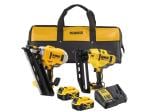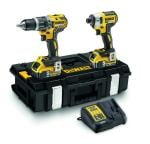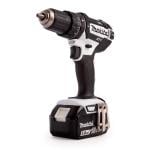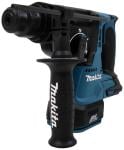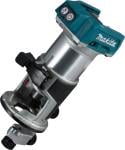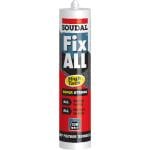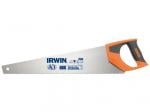What are the Best Cavity Wall Fixings?
Cavity wall and plasterboard fixings are designed to offer a solid and secure fixing into plasterboard and other hollow surfaces and they come in all shapes and sizes, but which one is the best? In this article, we’re going to take a closer look so that you can choose the optimal cavity wall fixing for your next project.
Metal Cavity Wall Fixings
Metal cavity fixings (aka hollow wall anchors), are a type of plasterboard fixing that is perfect to use when you are fixing something to a plasterboard wall, requiring a sturdy brace. The metal cavity has expanding arms that swing open and press into the reverse side of the board.
They can easily be installed using a standard or cordless screwdriver, and a purpose-designed metal cavity fixing installation tool. If you are fixing lights, towel rails, blinds, or any other application that needs a strong brace, your best bet is to opt for metal cavity fixings.
Spring Toggle Cavity Wall Fixings
A spring toggle cavity wall fixing (aka butterfly toggle), is a heavy-duty anchor that is perfectly designed to secure objects to hollow surfaces, such as a stud wall. Spring toggles are quick and easy to install and have spring-loaded wings pre-assembled onto the head of the screw.
Once the screw has been inserted, the metal toggle on the fixing itself will then flatten against the plasterboard, thus forming a vertical brace. If you are going to hang shelves, or any other application that is designed to hold extra weight, spring toggle cavity fixings are the suitable choice.
Snaptoggle Cavity Wall-Anchors
Snaptoggle cavity wall anchors are among the most versatile when it comes to fixing particularly heavy items to walls or ceilings. These are nice and easy to use; with a pivoting head and patented strap design, the snaptoggle wall-anchor provides an even distribution of weight over the metal channel head to prevent any damage happening to the attached surface.
For example: per every two snaptoggle cavity wall-anchor fixings, they can hold a weight of up to 100kg. This means that when you want to hang a large mirror in the hallway or suspend a heavy television from the wall, snaptoggle cavity wall anchors are essential.
Self-Drilling Plasterboard Anchors
One of the easiest means of fixing things to plasterboard is by using what is called a self-drilling plasterboard anchor. These handy fillings are strong and practically effortless to use as you are not required to pre-drill a hole into the plasterboard before use. If you are hanging any lightweight wall fixtures like an electric socket or picture frame, you can’t go wrong with a self-drilling plasterboard anchor.
Which of the Above Plasterboard Fixings Are the Best?
So, which plasterboard fixings are the best? Ultimately, each type of plasterboard fixing has its own unique merits and as such, picking the ‘best of the bunch’ is difficult. It all comes down to what you are trying to achieve. For example: if you are mounting a television to your plasterboard wall, the ‘best’ fixing will be the snaptoggle.
On the other hand, if you are putting up some new curtains, a metal cavity fixing will be more appropriate. Before you select a plasterboard fixing type, consider the following:
- What is the thickness of the plasterboard?
- How much does the item you are fixing to the wall weigh?
Another tip is to ensure that there are no utilities behind that plasterboard and that you follow each manufacturer’s guidance when carrying out the installation.
The Takeaway
And that about sums it up! As you can see, all of the different plasterboard fixings have their advantages. We hope that this article has been helpful to you and that you have a clear idea of what you need for your project.


